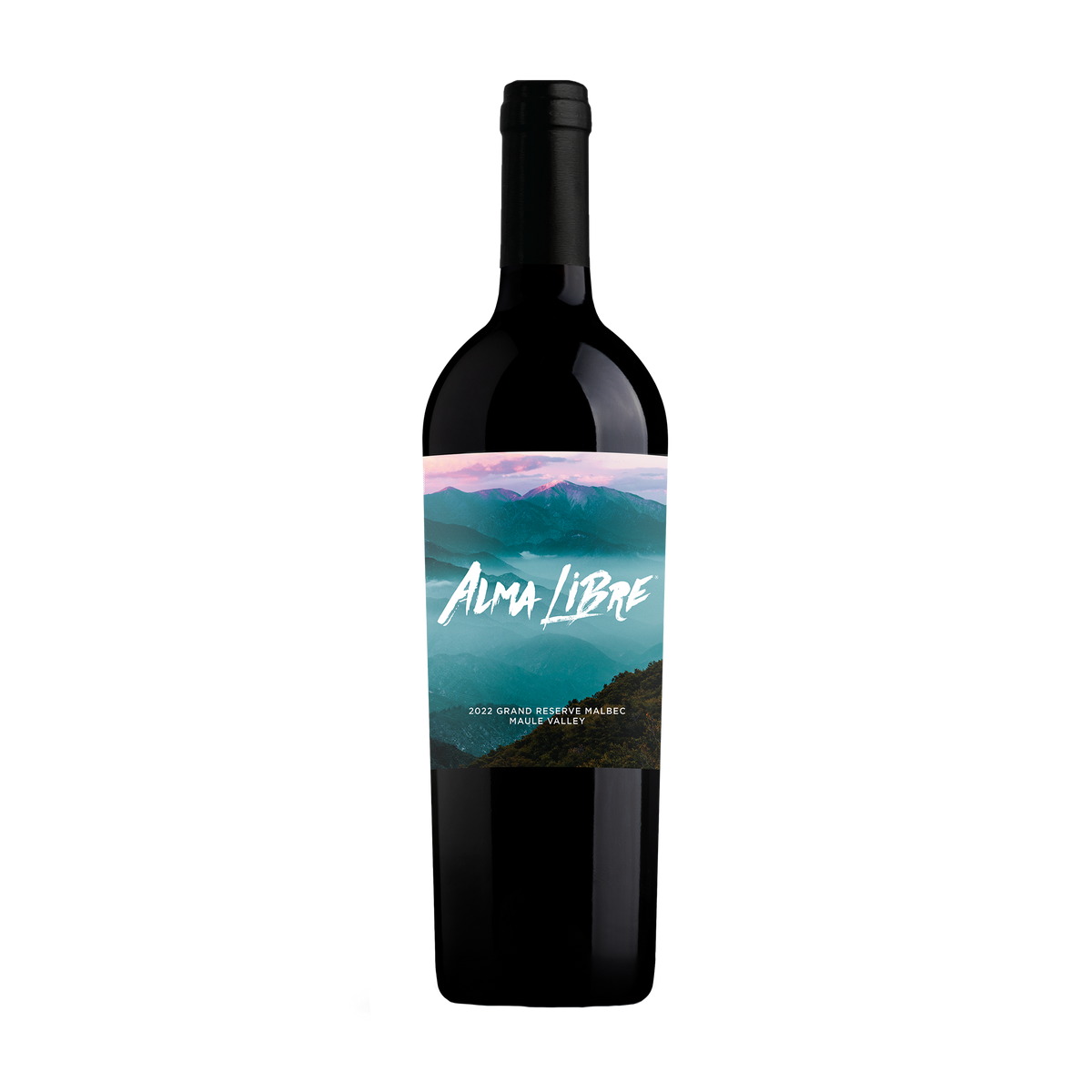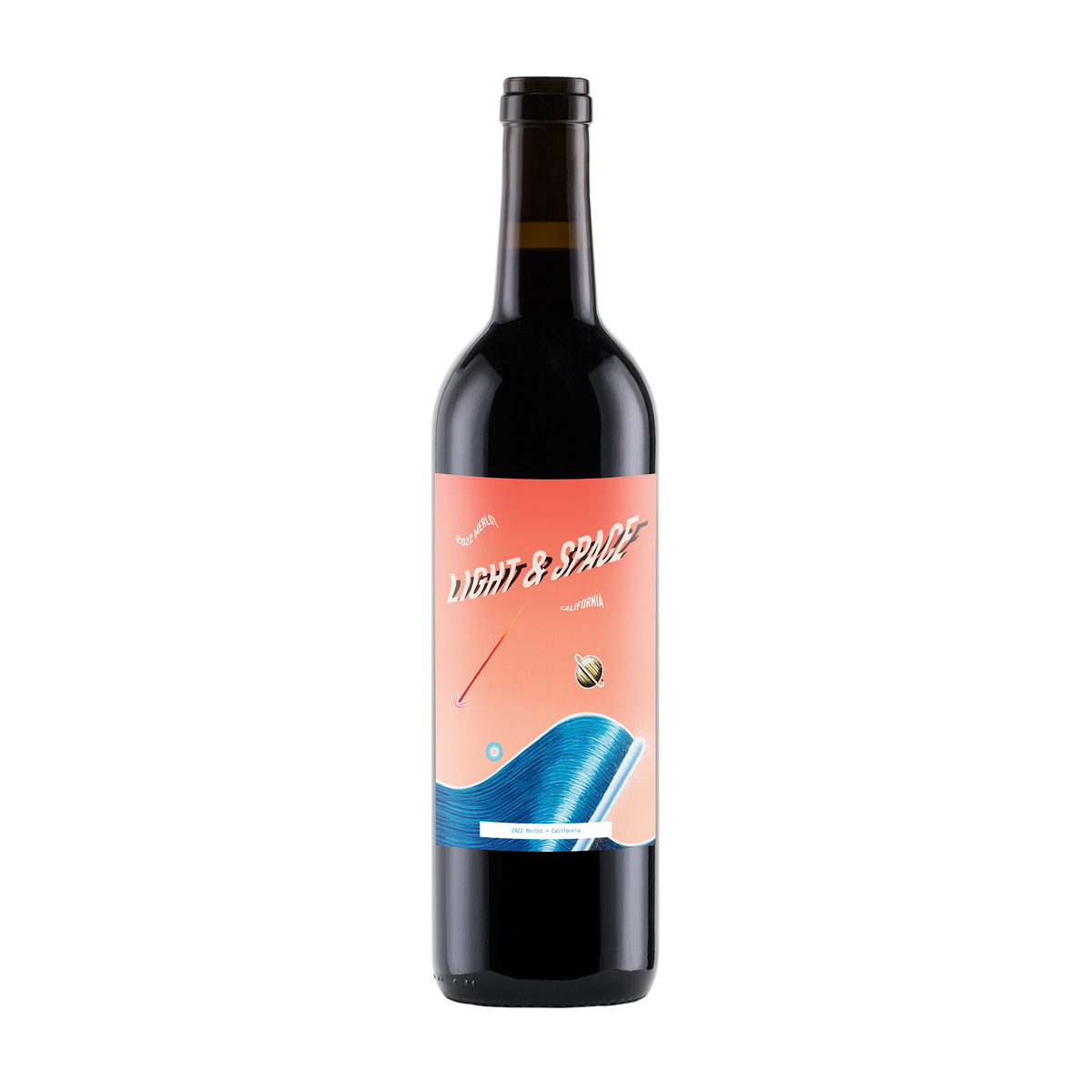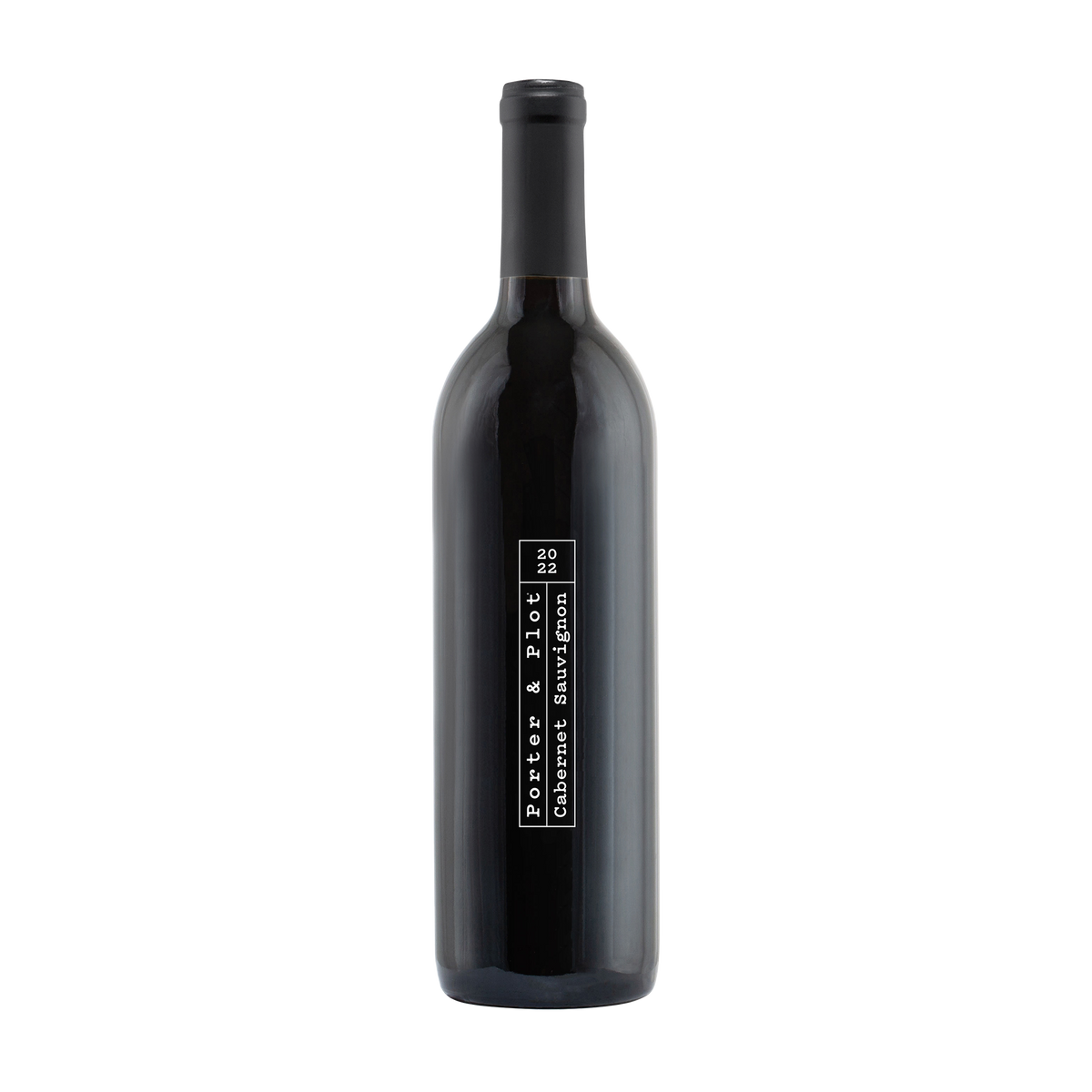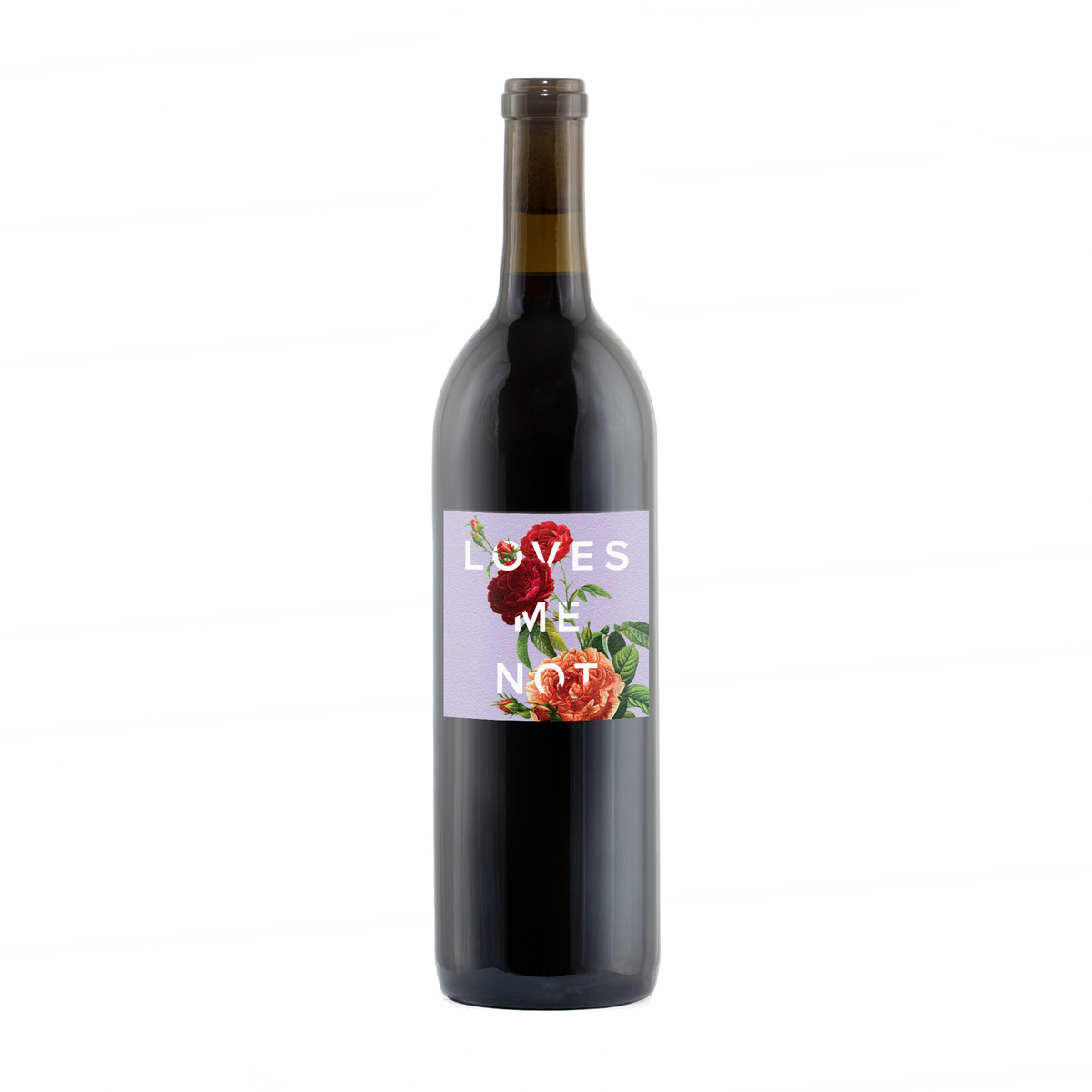2023 Tempo Vero Red Blend
Item cannot ship to your state
2022 Alma Libre Grand Reserva Malbec
Item cannot ship to your state
2022 Light & Space Merlot
Top Rated
Item cannot ship to your state
2022 Loves Me Not Red Blend
Item cannot ship to your state
2019 Funk Zone® Red Wine Blend
Item cannot ship to your state
2022 Forgotten Lore Pinot Noir
Item cannot ship to your state








